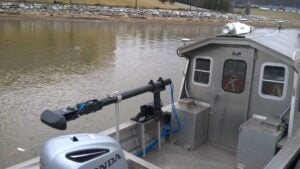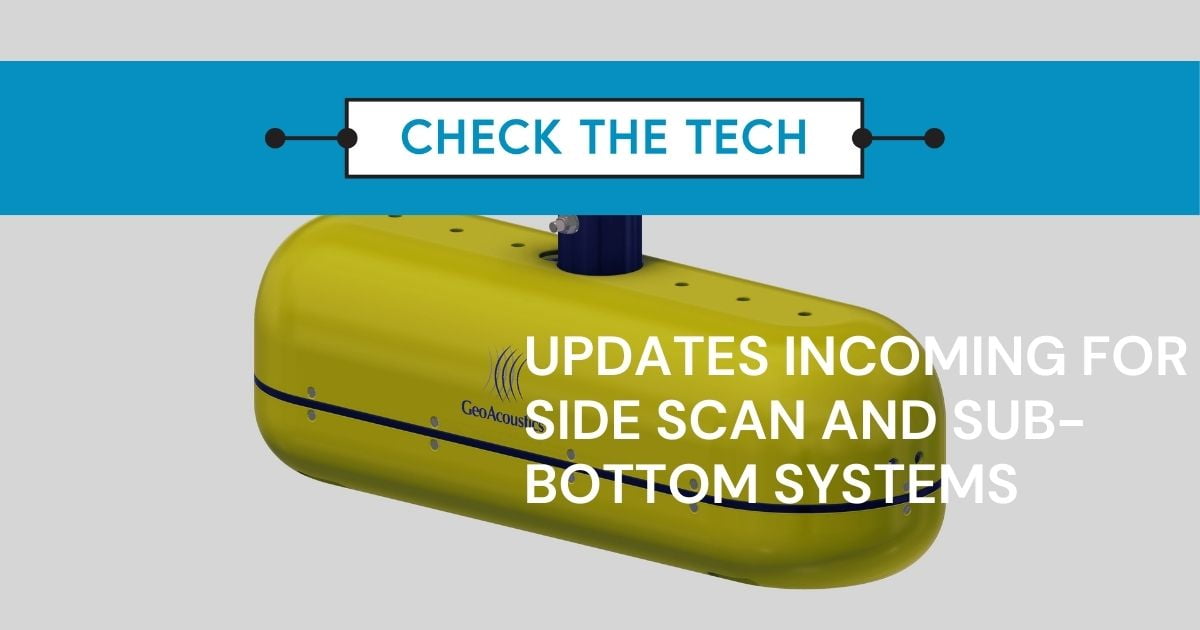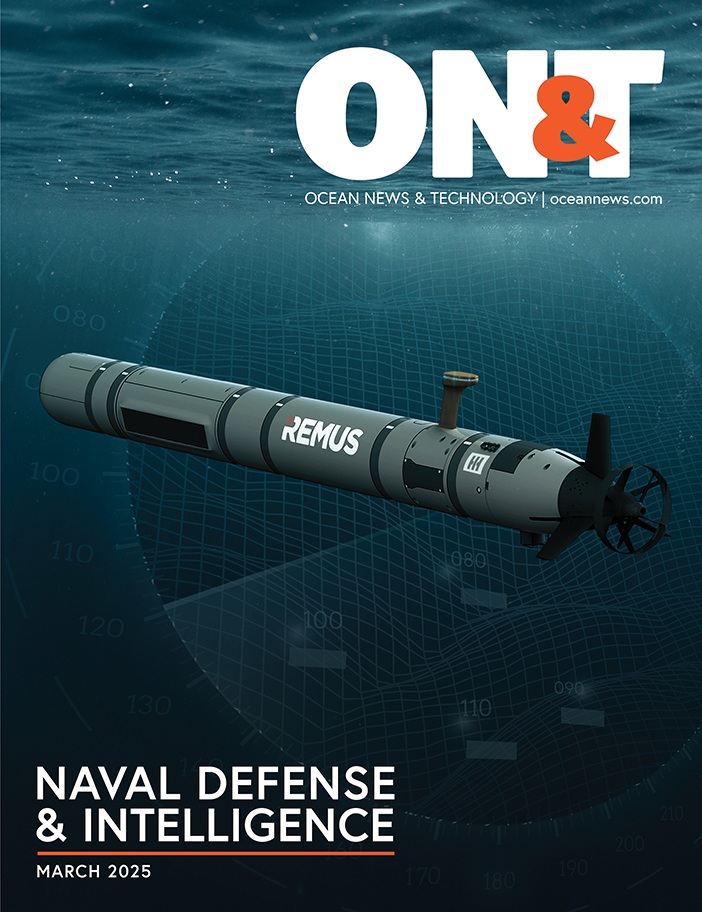The GeoAcoustics brand is familiar to most subsea professionals for its workhorse shallow water bathymetric, side scan and sub-bottom profiling systems, most of which come without the complexity of similar systems in the market.
The UK-based company was building sub bottom profilers in the late seventies and with its base technologies fully developed, has continued to focus on resilience as a core design goal for decades. Most end-users would agree that reliability is critical in such technology, and the GeoPulse Sub-Bottom Profiler’s position as the de facto industry standard for shallow water applications reflects this.
But the company is no stranger to technology innovation; the TPIIM USL Tracking system (1988) and GeoAcoustics DFSS side scan sonar (1994) were industry firsts and are used by navies worldwide today. More recent innovations include the GeoPulse Compact launched in 2019 and available in the market during 2020, and the Pulsar towed side scan sonar which has provided high performance object detection and imaging since its launch in 2015.
AI POWERED AUTOMATION
GeoSwath sonars are among the most well-known GeoAcoustics products. Launched in 2000, GeoSwath can scan twice as much area in the same time as a standard multibeam system. It is based on a methodology called interferometry, which creates a data point for every single sounding returned, so post-processing can be more involved than with a matching multibeam data set.

The existing filtering system can exclude some soundings to speed processing up, but still needs an experienced user to optimize the process. GeoAcoustics is working on a joint Artificial Intelligence program with the University of East Anglia however, which will result in a new filtering solution with significantly more autonomy, powered by machine learning and new, proprietary algorithms.
A NEW STATE OF INDEPENDENCE
GeoAcoustics returned to independence following its divestment from Kongsberg Maritime at the end of 2020. With Oceanology International 2022 fast approaching, the renamed ‘GeoAcoustics Ltd’ is keen to focus on a newfound freedom to innovate. Its AI technology and other developments will be releasing later this year, but visitors to its stand (N400) in the ExCeL this March can see:
Bathymetric Sonar: The industry-leading interferometric system offers highly accurate, efficient simultaneous swath bathymetry and side scan sonar mapping for shallow water environments. With versatile hull mounting options as well as USV integration, the GeoSwath 4 product line on show at Oi 2022 is suitable for a wide array of survey tasks and applications, including hydrographic surveys, environmental assessments, infrastructure inspection and inland waterway and seabed mapping.
Side Scan Sonar: The Pulsar provides for simple deployment and intuitive operation, capturing high resolution images of the seabed using a rugged tow fish which can be easily operated with a water protected deck unit and a portable cable hand reel. It operates within a 550KHz to 1MHz frequency with selectable FM and CW pulses, allowing the user to optimize the configuration to the survey task, making it ideal for applications such as search and recovery operations, object detection and identification, inspection of underwater structures, and marine archaeology.
Sub-Bottom Profiling: GeoPulse Sub-Bottom Profilers provide unparalleled reliability and accuracy of data, producing repeatable, highquality results time after time. Application specific, ruggedized and towed or over the side use make GeoPulse suitable for a wide range of applications including geological surveys, marine archaeology, pipeline, and buried structure detection, and dredging surveys. www.geoacoustics.com.
This story was originally featured in ON&T’s February 2022 issue. Click here to read more.

